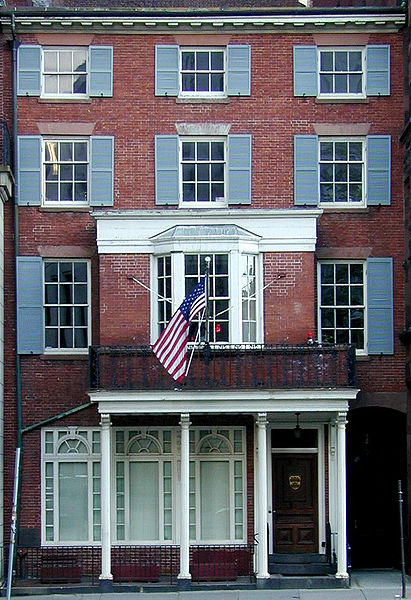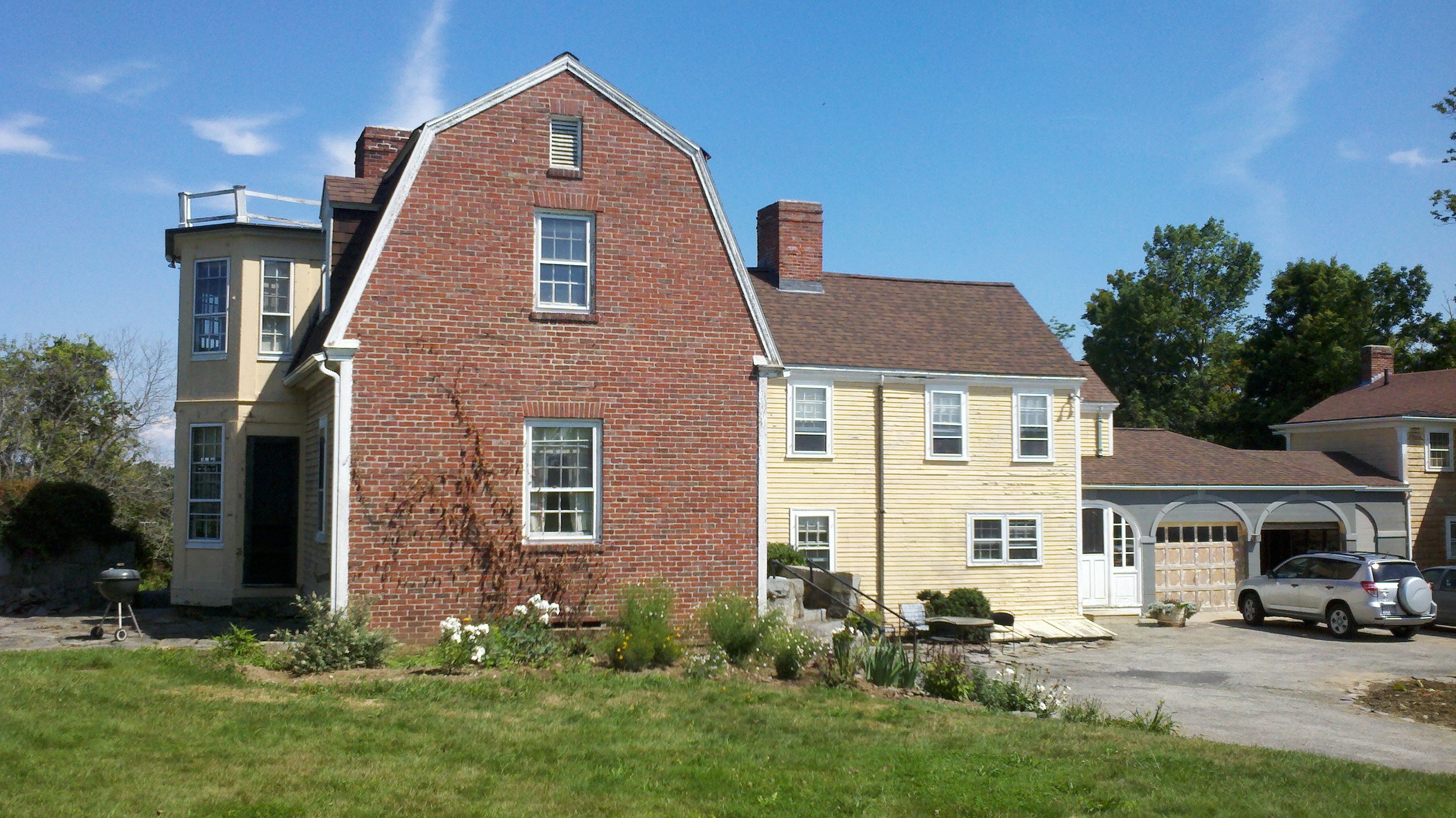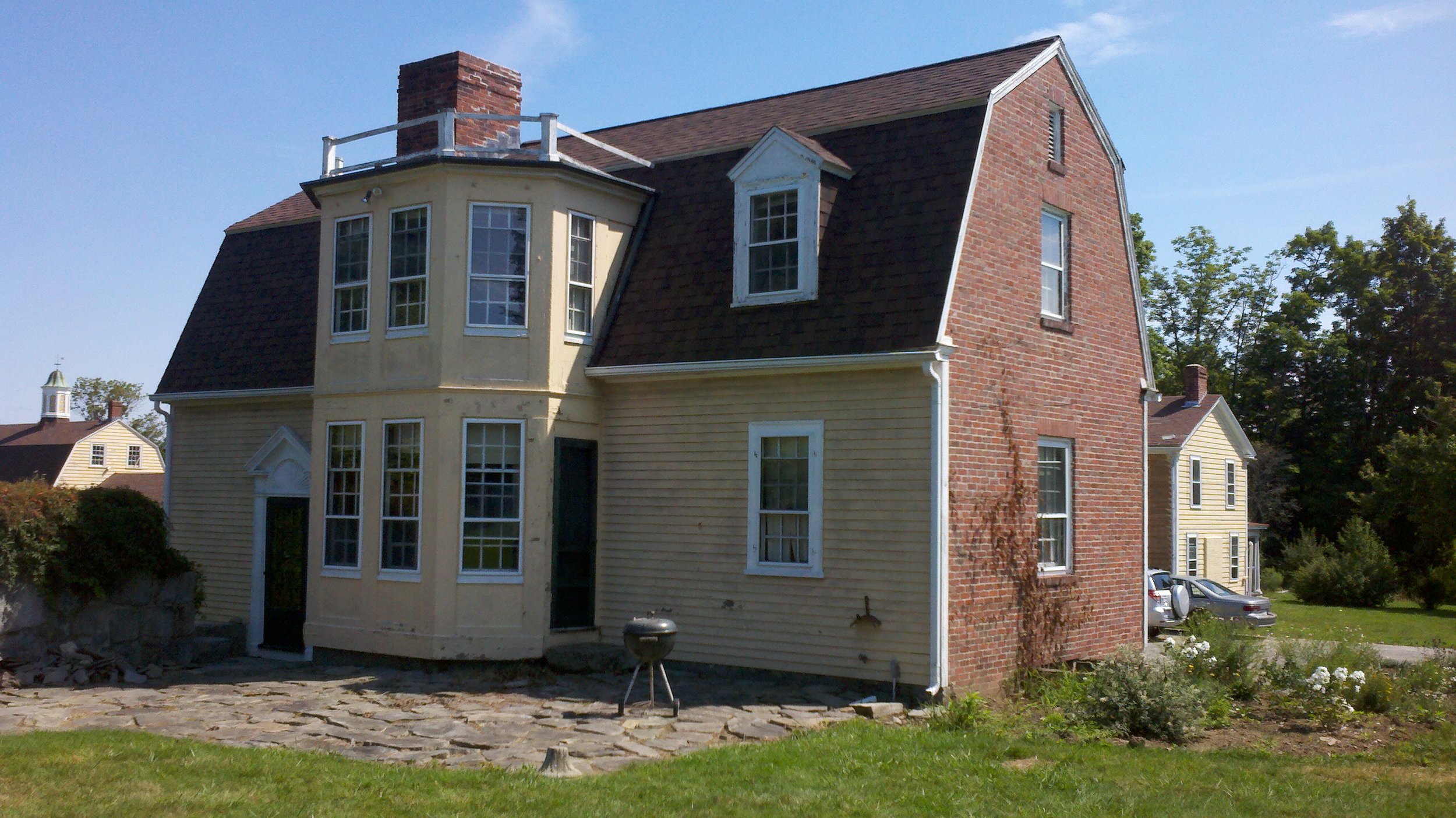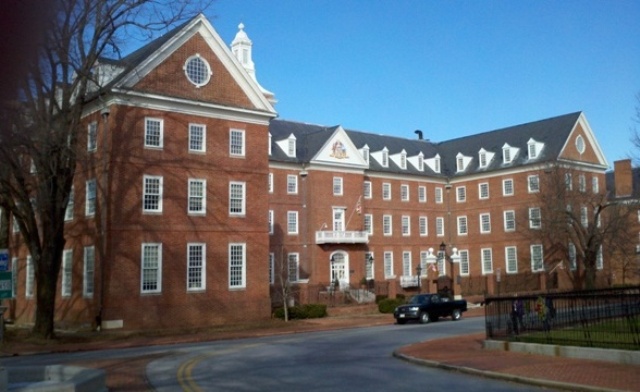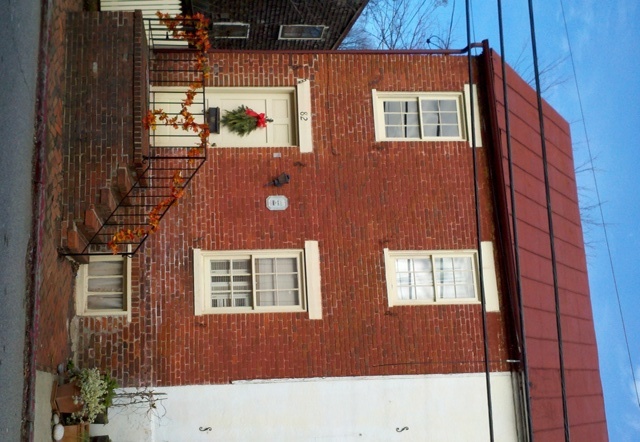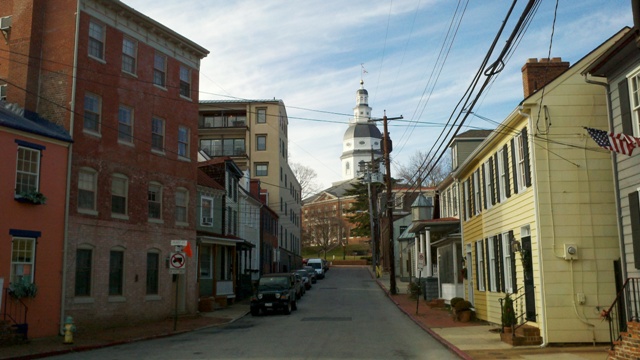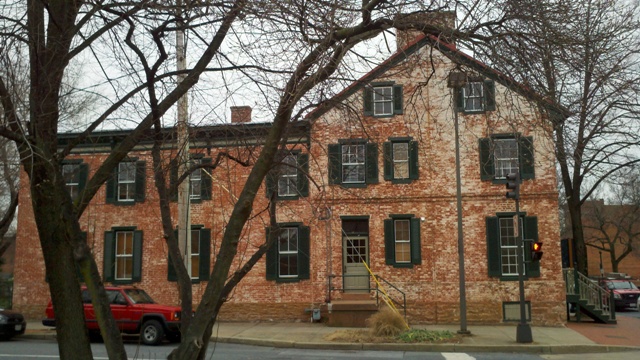The exterior of the building in some ways reveals what is going on in the interior of the mind of the person who designed it. This principle holds for both traditional and modern style, for good or ill.
Proportion Adds Value to Property in Boston
![]() We can make a Beacon Hill anywhere This past weekend I drove down to Boston from southern New Hampshire to meet a friend who was visiting for the weekend. As we walked around town we wandered into the Beacon Hill area. This is the old heart of the town and full of elegant 18th-century terraced homes. They are built in a variation of the style that in England we would call Georgian. I’m not sure what it is called here, perhaps ‘colonial’ style? These are right at the top end of the price range for property in Boston.
Why are they so sought after? Well location will have a lot to do with it certainly. You would probably pay a fortune for the ugliest shoebox here if it could take a bed. But I would say also that their beauty is a big factor too. Beauty adds value because it stimulates greater demand and pushes the price tag up. And why are they beautiuful? Two hundred years of New England weather softening the edges on the red-brick or cobblestone forms probably adds something. But it is more than this. The main reason, I suggest, is their harmonious proportions.
We can make a Beacon Hill anywhere This past weekend I drove down to Boston from southern New Hampshire to meet a friend who was visiting for the weekend. As we walked around town we wandered into the Beacon Hill area. This is the old heart of the town and full of elegant 18th-century terraced homes. They are built in a variation of the style that in England we would call Georgian. I’m not sure what it is called here, perhaps ‘colonial’ style? These are right at the top end of the price range for property in Boston.
Why are they so sought after? Well location will have a lot to do with it certainly. You would probably pay a fortune for the ugliest shoebox here if it could take a bed. But I would say also that their beauty is a big factor too. Beauty adds value because it stimulates greater demand and pushes the price tag up. And why are they beautiuful? Two hundred years of New England weather softening the edges on the red-brick or cobblestone forms probably adds something. But it is more than this. The main reason, I suggest, is their harmonious proportions.
 What struck me about these houses is how simple and reproducible their design is. They have a simple symmetrical arrangement of windows, one above the other, and a pointy roof. There is some decorative work around the doors and the windows, but it could never be called flamboyant. If I knew about building materials then I reckon I could design one myself. Yet despite their simplicity they look good and it is as a result of the traditional proportionality.
What struck me about these houses is how simple and reproducible their design is. They have a simple symmetrical arrangement of windows, one above the other, and a pointy roof. There is some decorative work around the doors and the windows, but it could never be called flamboyant. If I knew about building materials then I reckon I could design one myself. Yet despite their simplicity they look good and it is as a result of the traditional proportionality.
Given this simplicity and the value that beauty adds to buildings, I am surprised that it hasn't occurred to more developers and architects to study traditional proportion and use it, if only for economic reasons.
Look at the photos in this article. Notice how in every case the window size varies, storey to storey, so that the first is to the second as the second is the third and so on. When this rhythmical progression corresponds to the traditional pattern then the result is elegance. Sometimes the order changed around slightly so that it is not always the largest at the bottom. The dimensions of the first and second might be changed so the biggest storey is always the main living area. These architects didn't play tricks - they put things where you expected them to be, so that the outward signs give an indication of the internal purpose. Similarly, the main door is always more prominent than the servants' entrance. (You can't count on this now. I was at an art gallery recently, which was a modern building made completely of reflective glass and the doorway was indistinguishable from any other panel. There was no indication through the external design where the door was. In fact it was placed offset to one side in a counter-intuitive position, presumably deliberately. I had to wait until I saw someone coming out before I knew where I could get in!)
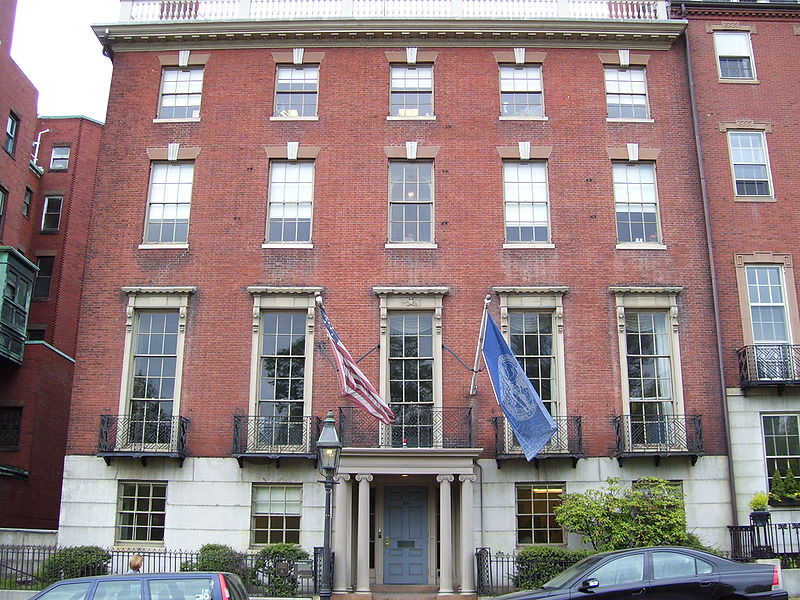 Coming back to Beacon Hill, I am convinced that these houses looked just about as good the day they were built and if anyone chose to conform to these basic patterns today, then it would look good and sell at a high price. This has to be the simplest way for an architect to add greatest value for minimal investment of time and money. There is no need for pastiche – we are not bound slavishly to follow the decorative style of the period in every way, but provided the principles are adhered to, then here is way for modern architect to stand out from the crowd. The mathematics is relatively simple but largely unknown.
Coming back to Beacon Hill, I am convinced that these houses looked just about as good the day they were built and if anyone chose to conform to these basic patterns today, then it would look good and sell at a high price. This has to be the simplest way for an architect to add greatest value for minimal investment of time and money. There is no need for pastiche – we are not bound slavishly to follow the decorative style of the period in every way, but provided the principles are adhered to, then here is way for modern architect to stand out from the crowd. The mathematics is relatively simple but largely unknown.
 So come on architects and town developers. Here’s your chance to make a killing. So let’s see a new Beacon Hill in the US!
So come on architects and town developers. Here’s your chance to make a killing. So let’s see a new Beacon Hill in the US!
Incidentally, the Prince of Wales built an experimental new town on the outskirts of Dorchester in England that conformed to traditional proportions, called Poundbury (right, click to enlarge). The experience there was that although they were slightly more expensive to build, their beauty made demand so high that their price on the open market made the modest extra investment more than worthwhile. You can see more of Poundbury here.
How You Can Add Proportion to a Building Through Decoration
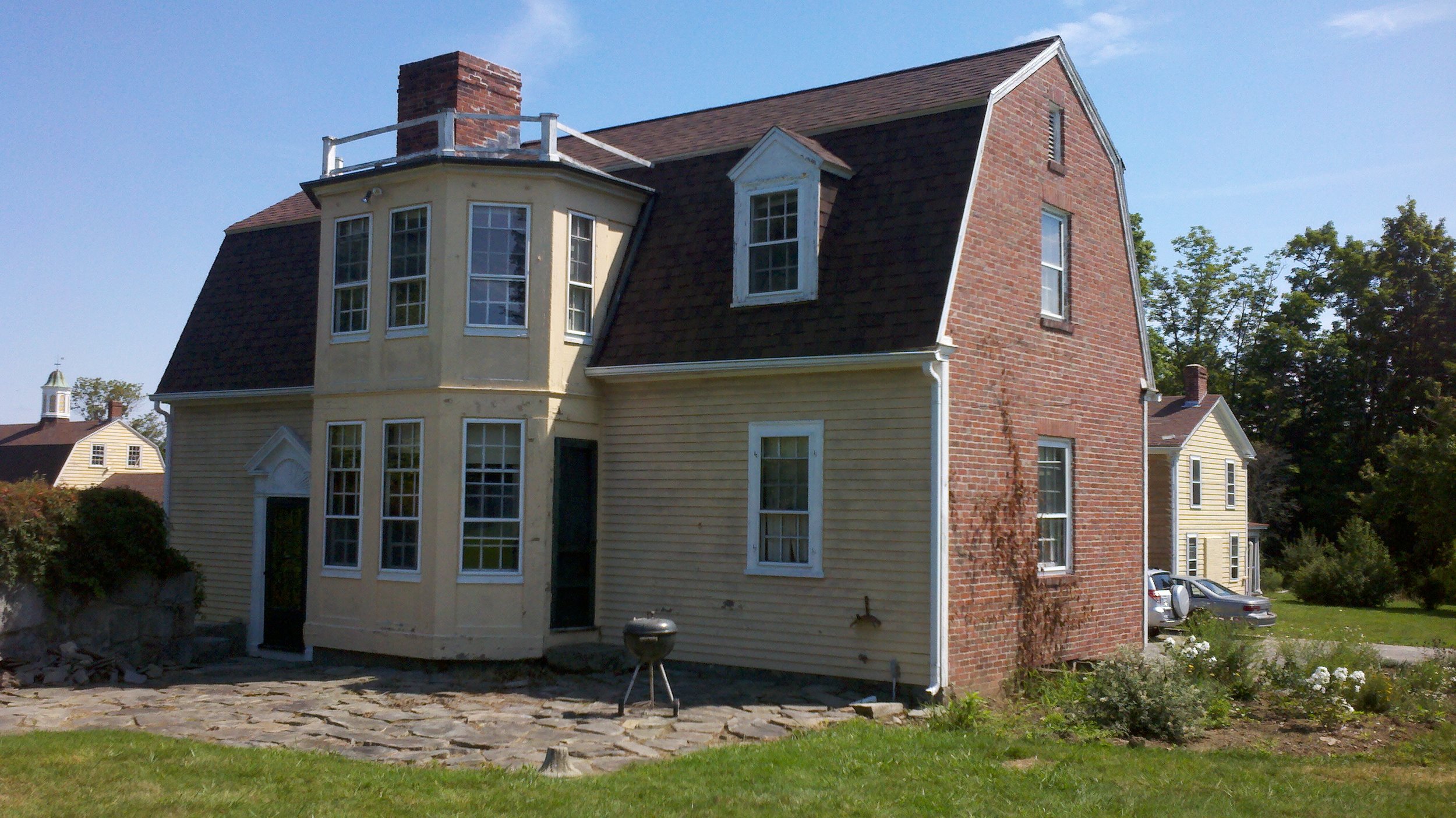 Take a look at these photographs of a farmhouse in Groton, Massachusetts. This is a 19th century house on the site that eventually will become the new campus for Thomas More College of Liberal Arts. Look first at the gable end in which there are three windows, one on each floor. Notice how the first is bigger than the second. The second is, in turn bigger than the vent at the top that aerates the loftspace. There is a sense of rhythmical progression as we go up, the first relates to the second as the second relates to third. The are three objects and two relationships. Each relationship, for example how the first window relates to the second, can be described as a mathematical ratio between two magnitudes - the magnitude of each window. Due proportion is defined as a consonant relationship between two or more ratios. When the proportion is appropriate ('due') for what contains it, in this case a house, then is pleasing to the eye. We can think of due proportion therefore as a harmonious relationship between two or more relationships.
Now look at the bay windows that are built into the wall at right angles to the gable end, which are painted a yellow cream. The windows are not the same size and so look as though they could be completed with a third which is smaller still, like those just around the corner. This implied proportion is common in buildings - you can't always afford to build three storeys (or in this case, three bay windows). So this is good, it is like having two notes that are different but still harmonious. You can't have harmony between identical things, that is why in modern buildings in which all the windows are the same size, it looks dull and sterile. However, as I look at these bay windows, something isn't quite right. Although the windows look in harmony, the top storey looks top heavy. This is because the adorning strip of wood that separates one floor from the other is placed at a level that is too low. Although the windows are of different size, the storeys are of equal size. When I look, it see something that would look more natural if the the upper storey was smaller that the lower, (just as the trunk of a tree gets smaller as you go up, it gives a sense of stability). It is a shame that this is off, because everything else seems right.
Take a look at these photographs of a farmhouse in Groton, Massachusetts. This is a 19th century house on the site that eventually will become the new campus for Thomas More College of Liberal Arts. Look first at the gable end in which there are three windows, one on each floor. Notice how the first is bigger than the second. The second is, in turn bigger than the vent at the top that aerates the loftspace. There is a sense of rhythmical progression as we go up, the first relates to the second as the second relates to third. The are three objects and two relationships. Each relationship, for example how the first window relates to the second, can be described as a mathematical ratio between two magnitudes - the magnitude of each window. Due proportion is defined as a consonant relationship between two or more ratios. When the proportion is appropriate ('due') for what contains it, in this case a house, then is pleasing to the eye. We can think of due proportion therefore as a harmonious relationship between two or more relationships.
Now look at the bay windows that are built into the wall at right angles to the gable end, which are painted a yellow cream. The windows are not the same size and so look as though they could be completed with a third which is smaller still, like those just around the corner. This implied proportion is common in buildings - you can't always afford to build three storeys (or in this case, three bay windows). So this is good, it is like having two notes that are different but still harmonious. You can't have harmony between identical things, that is why in modern buildings in which all the windows are the same size, it looks dull and sterile. However, as I look at these bay windows, something isn't quite right. Although the windows look in harmony, the top storey looks top heavy. This is because the adorning strip of wood that separates one floor from the other is placed at a level that is too low. Although the windows are of different size, the storeys are of equal size. When I look, it see something that would look more natural if the the upper storey was smaller that the lower, (just as the trunk of a tree gets smaller as you go up, it gives a sense of stability). It is a shame that this is off, because everything else seems right.
However there is something that could be done to restore harmony without any new building at all. We are just in the process of repainting the house (you can see the sanded garage door and its surround painted slate grey). The whole house will be this colour and the trim will be cream. The answer is to repaint these bay windows so that the lower floor is separated from the upper, perhaps if it is painted this slate grey colour, separate them with a trim band. You paint the band of cream perhaps 10 inches wide above the wooden rail that now appears. The final photograph shows how painting can be used to create harmony even when the windows are identical in size. It is of a hotel on the seafront in Llandudno in North Wales, close to where I grew up.
This harmony of three is just as it is in the area that you think of first when harmony is mentioned - music. We hear harmony between two notes, for example a perfect fourth, a perfect fifth or an octave and it is pleasing. And this is good on its own. However, whenever I ask any musician if this is the full chord, they will always tell me that it is incomplete. You need to third note to create a second interval, so we know if we are hearing part of a major chord, or a minor chord.
This is the Somerset Hotel on the promenade at Llandudno, north Wales.
Harmonious Proportion in the Architecture of Annapolis, Maryland
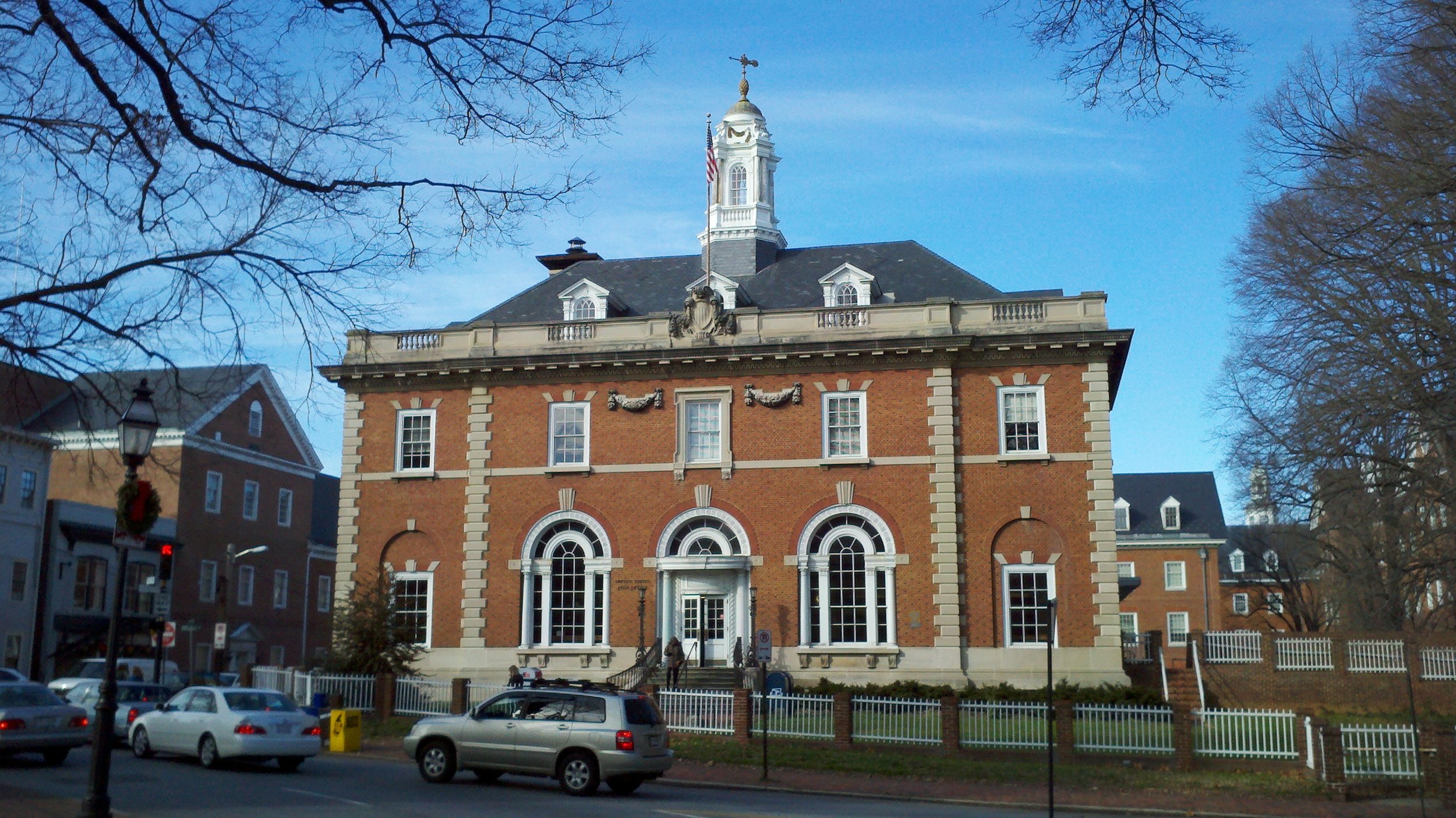 Here are some photographs of buildings and streets in Annapolis, Maryland.
Annapolis is the state capitol and one of the oldest cities in the US. In common with all state capitals it has at its centre a domed capitol building which is the home of the state government. It has a large number of houses in the colonial style. What interests me is that many of the buildings still display the classic threefold proportion. Have a look at the window sizes particularly and you see that rhythmical progression of gradually decreasing size as you go up for three layers (or more), with the first relating the second and the second relating to the third. Many houses from this period have had the windows replaced in standard sizes as the wooden frames rot. Double glazing usually comes in standard sizes and these do not correspond to the traditional range of proportions. When this is done it destroys so much of the beauty of the old houses.
Here are some photographs of buildings and streets in Annapolis, Maryland.
Annapolis is the state capitol and one of the oldest cities in the US. In common with all state capitals it has at its centre a domed capitol building which is the home of the state government. It has a large number of houses in the colonial style. What interests me is that many of the buildings still display the classic threefold proportion. Have a look at the window sizes particularly and you see that rhythmical progression of gradually decreasing size as you go up for three layers (or more), with the first relating the second and the second relating to the third. Many houses from this period have had the windows replaced in standard sizes as the wooden frames rot. Double glazing usually comes in standard sizes and these do not correspond to the traditional range of proportions. When this is done it destroys so much of the beauty of the old houses.
Annapolis is the home of the US naval officers college and and old port.
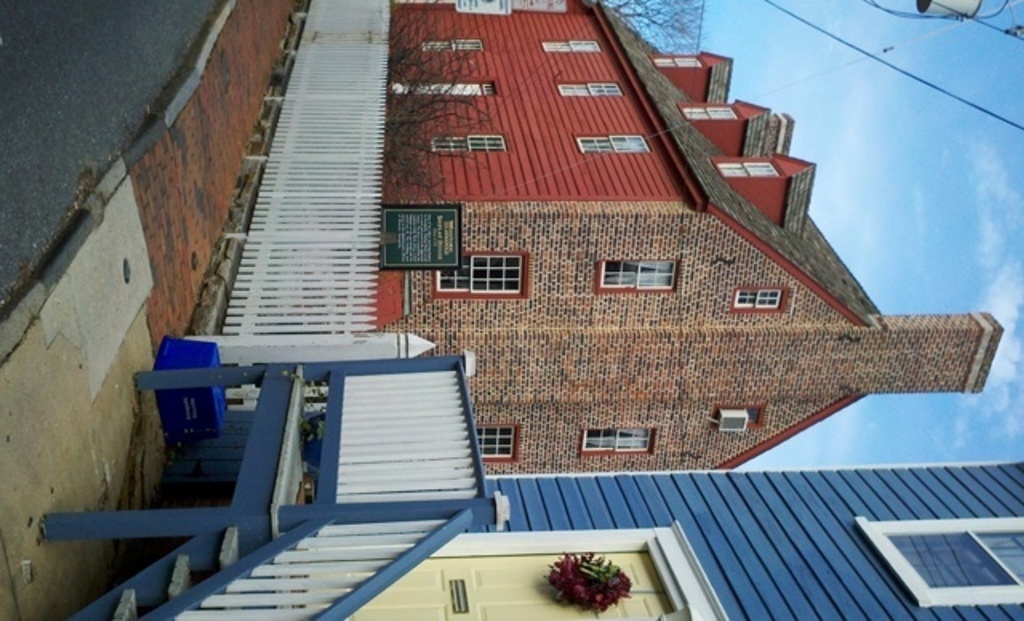 The proportions of these buildings are derived from those used by the ancient Greeks which were subsequently used by the Romans and then Christian culture up to about 1900.American colonial architecture is similar to the British Georgian style, which is based upon Italian Palladian architecture of the High Renaissance. The proportions for this came from the rediscovery of a text book on architecture written by a Roman architect called Vitruvius. The Roman text book was published in England in the 17th century, in translation (although given a Latin title) under the name 'Vitruvius Brittanicus'. As a British colony, this style was used in America (with the addition of French style window shutters!) and then retained after independence.
The proportions of these buildings are derived from those used by the ancient Greeks which were subsequently used by the Romans and then Christian culture up to about 1900.American colonial architecture is similar to the British Georgian style, which is based upon Italian Palladian architecture of the High Renaissance. The proportions for this came from the rediscovery of a text book on architecture written by a Roman architect called Vitruvius. The Roman text book was published in England in the 17th century, in translation (although given a Latin title) under the name 'Vitruvius Brittanicus'. As a British colony, this style was used in America (with the addition of French style window shutters!) and then retained after independence.
If there are any architects reading this who are looking to make a name for themselves, then take note. A modern building could as easily be built using these proportions as any other, and the beauty of the buildings that use them always attracts attention. So any architects reading this, here is a way of raising your reputation as an architect, and adding value to buildings at very little extra cost.
It's not always possible to have three storeys in a house - but even if you have two, the basement window is made (through the size of the glass panels within it) to look as though we are seeing the top section of a much larger window that projects below ground, so mainting this sense of threefold rhythm.
You can see the state government house in the distance with the dome.
Actually (just in case any were going to comment on the fact) this isn't in Annapolis, but in Frederick, Maryland, which is smaller town of similar age. I took these photos on the same trip to Maryland.





